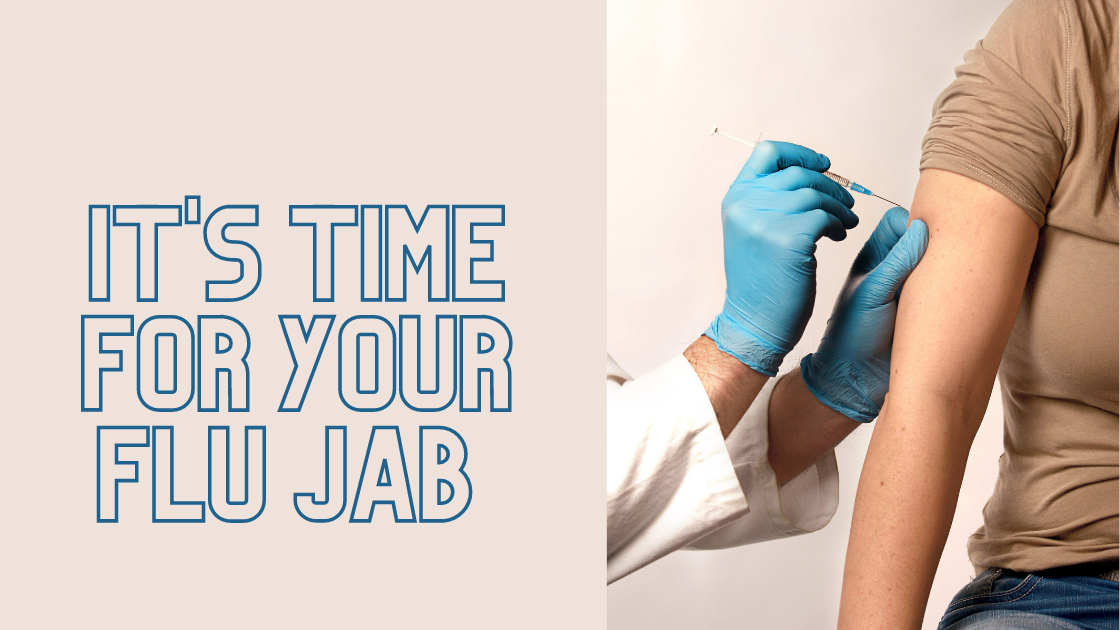The State of Mouth Cancer UK Report 2018/2019 is the United Kingdom's first comprehensive review into mouth cancer.
The report has been released by the Oral Health Foundation and Simplyhealth Professionals as part of November's Mouth Cancer Action Month.
The State of Mouth Cancer UK Report 2018/2019 looks at the very latest statistics for the disease.
This includes new incidence figures, survival rates, where the disease is most likely to appear, as well as trends over time.
The report also looks into the nation's awareness of mouth cancer and how much is known about the risk factors and signs and symptoms of the disease.
Finally, the report covers some key challenges and recommendations for the future. We believe these will have an important impact on the landscape of mouth cancer in the years to come.
A summary of the key findings
- New cases of mouth cancer in the UK have now reached 8,302 a year.
- This has increased by 49% in the last decade and by 135% compared with 20 years' ago.
- 56% of mouth cancers appear on the tongue and tonsils.
- Last year, 2,722 Brits lost their life the mouth cancer.
- The ten-year survival rate is between 19% and 58%, depending on where the cancer strikes and how early it is diagnosed.
- Almost nine in ten (88%) British adults have now heard of mouth cancer. However, only 8% are confident about their knowledge of the disease.
- Three in four (75%) do not know the major signs and symptoms for mouth cancer.
- Awareness on the major risk factors of mouth cancer remains low.
- Better lifestyle choices, earlier diagnosis and improved access to dentistry are some of the key challenges in confronting mouth cancer.
- Calls for more investment in community dentistry, as well as a catch-up programme for HPV vaccinations.
Checking for mouth cancer
As mouth cancer can strike in a number of places, including the lips, tongue, gums and cheeks, and given that early detection is so crucial for survival, it’s extremely important that we all know what to look out for.
Three signs and symptoms not to ignore are:
- Mouth ulcers which do not heal in three weeks.
- Red and white patches in the mouth.
- Unusual lumps or swellings in the mouth or head and neck area.
When checking for signs of mouth cancer you should follow the following routine:
Head and neck
Check if both sides look the same and search for any lumps, bumps or swellings that are only on one side of the face. Feel and press along the sides and front of your neck being alert to any tenderness or lumps to the touch.
Lips
Pull down your lower lip and look inside for any sores or changes in colour. Use your thumb and forefinger to feel the lip for any unusual lumps, bumps or changes in texture. Repeat this on the upper lip.
Cheek
Use your finger to pull out your cheek so that they can see inside. Look for red, white or dark patches.
Then place your index finger inside your cheek, with your opposing thumb on the outside gently squeeze and roll the cheek to check for any lumps, tenderness or ulcers, repeat this action on the other cheek.
Roof of the mouth
With your head tilted back and mouth open wide, your dentist will look to see if there are any lumps or if there is any change in colour. They will run their finger on the roof of your mouth to feel for any lumps.
Tongue
Examine your tongue, looking at the surface for any changes in colour or texture.
Stick out your tongue or move it from one side to another, again looking for any swelling, change in colour or ulcers. Finally, take a look at the underside of the tongue by placing the tip of your tongue on the roof of your mouth.
Floor of the mouth
Look at the floor of the mouth for changes in colour that are different than normal. Press your finger along the floor of your mouth and underside of your tongue to feel for any unusual lumps, swellings or ulcers.
If you find anything unusual in any of these areas, or are unsure of anything, visit your dentist or doctor as soon as possible.














